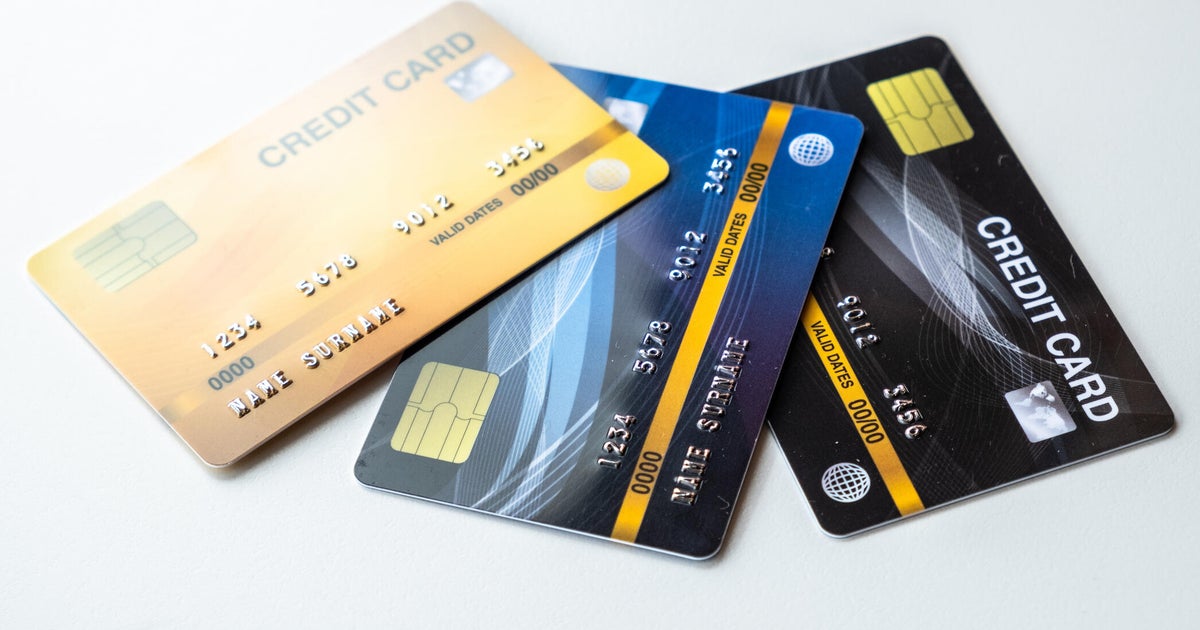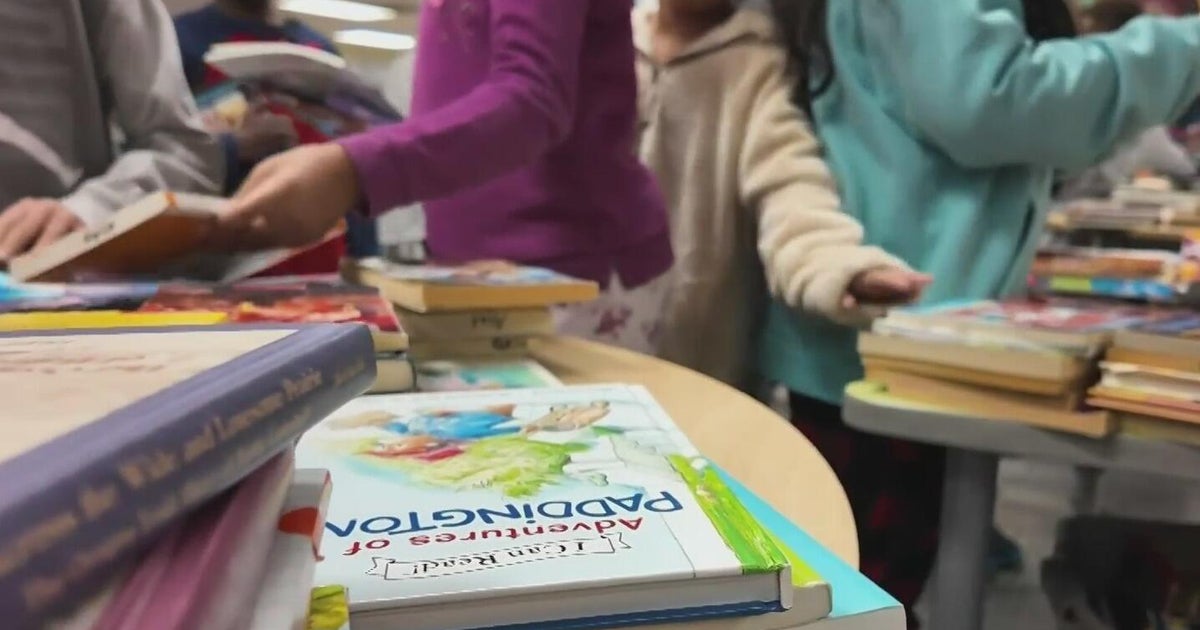How U.S. teens compare with their global peers in financial literacy
With an increasingly complex universe of financial products and services, how are America's high-school students prepared to manage their money as they enter adulthood?
Not all that well, according to a new assessment of financial literacy from the Organisation for Economic Co-Operation and Development (OECD). The Programme for International Student Assessment (PISA) test measures the financial knowledge and skills needed to make the jump from high school to college and on into the workforce.
The results raise several red flags given that one in five American teens fail to meet the level to be considered financially literate. By comparison, only about one in 10 Chinese and Russian students fail to meet that benchmark. American teens haven't improved their scores since 2012. On top of that, teens who continue on to college often must make complex decisions about student loans that can impact their lives for decades.
The results should be a wake-up call to the American education system, said Andreas Schleicher, education director of the OECD.
"What we teach in a field like math was framed 200 years ago" because classes tend to focus on pure math topics such as geometry, he said. "Assessing risk, making predictions, using big data -- all of those [topics] that are important now are shortchanged in education, and financial education is one part of that."
He added, "There is a growing gap between the math numeracy that is important today and the math that is learned in school."
Fifteen countries participated in the PISA financial literacy test, including China, Australia, Russia, the U.S. and Brazil. The PISA test assessed about 1,500 American students ages 15 and 16 on financial literacy, which was administered through a computer-based test that included multiple-choice questions and constructed responses.
The 22 percent of American students who failed to meet the baseline of financial literacy can "at best" identify financial products and terms and make simple decisions on everyday spending, the OECD said.
Only one in 10 American teenagers earned a top ranking for financial literacy. These teens can analyze complex financial products, solve non-routine financial problems and understand the broader financial landscape, the group said. By comparison, one of three Chinese teens scored at the top level.
Financial literacy is influenced by a number of factors outside of the educational system, including the students' socioeconomic class and their experience with financial products, such as having a bank account.
It may come as no surprise that students from wealthier families score higher on the test. Financial literacy also correlated with math and reading performance, although American students performance worse when it comes to financial literacy than other countries' students with similar math and reading scores, the study found.
Adding financial literacy classes to high school curricula could help, although currently the U.S. approach amounts to a hodgepodge of subjects based on state and district requirements. Only 17 states require high schools to provide a financial education course, according to the Council for Economic Education.
Lower-income students were more than twice as likely as wealthier ones to score low, after accounting for student characteristics and their performance on math and reading.
Schleicher added, "Your school system today is your economy tomorrow."
Below are the rankings of teens in financial literacy by country.
1. China
2. Belgium (Flemish-speaking students)
3. Canadian provinces
4. Russia
5. Netherlands
6. Australia
7. U.S.A.
8. Poland
9. Italy
10. Spain
11. Lithuania
12. Slovak Republic
13. Chile
14. Peru
15. Brazil





